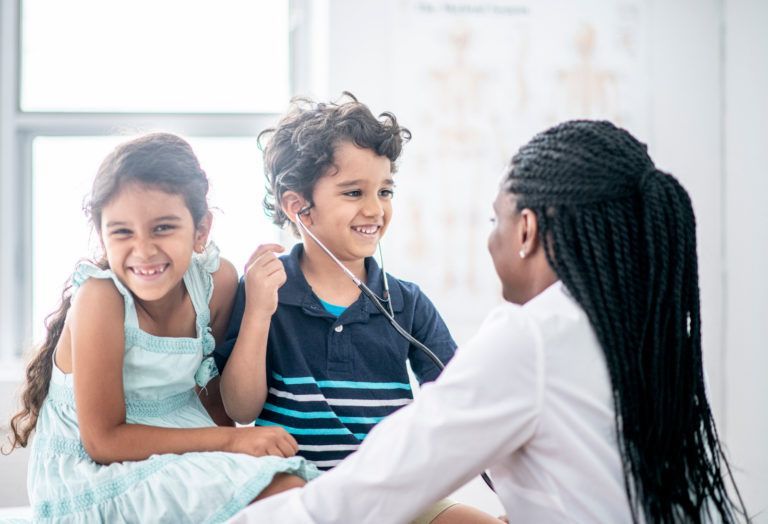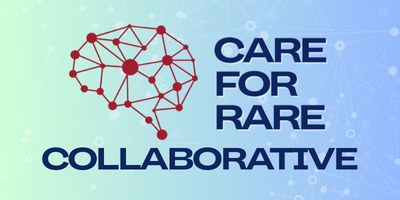Clinical trials are a vital part of scientific research. When a researcher is developing a new therapy or treatment, clinical trials are how they make sure it’s safe and effective before it can become widely available. Oftentimes, a clinical trial is used to learn if a new treatment has less harmful side effects than the standard treatment options.
But for a child diagnosed with a rare type of pediatric cancer, clinical trials are about much more than moving science forward — they provide families with hope.
How does a pediatric clinical trial work?
Until the early 1960s, children and their healthcare providers had to rely only on treatments and therapies that were tested and proved effective in adults. However, because children’s bodies and brains are not yet fully developed, the clinical trials often caused harmful side effects that resulted in even more health issues.
Today, pediatric clinical trials are necessary to create evidence-based treatment protocols that are safe and effective for children. These trials are open to adolescent participation, provided the consent of a legal parent or guardian.

Pediatric clinical trials follow a similar process to adult clinical trials, including:
1. Developing research questions
2. Securing funding
3. Developing a formal protocol or study plan
4. Gaining approval from an Institutional Review Board
5. Enrolling participants
6. Performing the study
7. Collecting the data
8. Analyzing the results
9. Publishing the research findings in peer-reviewed journals
What are the phases of clinical trials?
Clinical Trials advance through four phases to test a treatment, find the appropriate dosage and look for side effects. If, after the first three phases, researchers find a drug to be safe and effective, the United States Food and Drug Administration (FDA) approves it for clinical use and continues to monitor its effects.
• Phase 1 — Is the treatment safe?
• Phase 2 — Does the treatment work?
• Phase 3 — Is it better than current standard treatment?
• Phase 4 — What can we still learn?
How to enroll in a clinical trial
A critical first step in enrolling in a clinical trial is finding the right fit for your child and your family. Clinical trials can offer options to children whose illness is not responding to treatment, but it is important to weigh the potential benefits against the risks when considering enrolling your child in a trial.
Some possible risks of being in a clinical trial can include:
• The new treatment may not work for your child, even if it helps others.
• The new treatment may have unknown side effects or side effects that may be worse than those from standard treatment.
• Insurers may not cover all costs of the clinical trial. Be sure to speak with your insurance provider before you decide to enroll your child.
Additionally, consider how long the trial will run and whether you might have any out-of-pocket expenses, like flights and hotel stays if you’re traveling out of the state or country.
You’ll need to know key information about your child’s medical history to find a suitable clinical trial, including your child’s diagnosis details, age, cancer type, all treatment and dates received, copies of scans and results, as well as current health and disease status. Talk with your doctor and healthcare team to help you with this step, and make sure that your pediatric oncologist is part of the conversation.
After having these critical conversations, and once you’ve identified a specific clinical trial to consider, contact the Principal Investigator (PI) of the trial that you are interested in for next steps and further enrollment details.
How to Be the Best Patient Advocate for Your Child

Being a patient advocate can be an overwhelming role, but as parents, you know your child better than anyone else. Navigating a clinical trial can be daunting, so start with these four tips:
>> Ask questions
Every question is a valid question when your child is enrolled in a pediatric cancer clinical trial. Don’t be afraid to ask questions or bring up any issues concerning the trial at any time.
>> Keep your own records
Have a pen and paper handy at all times. Your child’s treatment may include visits to different hospitals and with different doctors. It’s important to keep your own records and to become an expert in your child’s treatment plan. You never know when new information may emerge and it’s important to ensure continuity of care for your child.
>> Connect with others
Ultimately, the decision to participate in clinical research is one that only you can make for your child. But if you’re having trouble weighing the pros and cons, try discussing it with other members of the pediatric cancer community and other parents who’ve been in this situation.
>> Listen to your gut
If you’re not satisfied with the information given to you or the trajectory of the clinical trial, you can take your child out of a trial at any time. Remember — you know your child best.
At Solving Kids’ Cancer, we believe that funding just one clinical trial can save lives. Far too often, children face a dismal prognosis and urgently need better options. Together, we can continue to fund breakthrough treatment options and save lives.
References:
- https://solvingkidscancer.org/understanding-clinical-trials/
- https://solvingkidscancer.org/parent-advocacy-resources/
- https://www.clinicaltrials.gov/
- https://www.fda.gov/consumers/consumer-updates/would-your-child-benefit-clinical-trial
- https://www.cancer.org/treatment/treatments-and-side-effects/clinical-trials/what-you-need-to-know/who-does-clinical-trials.html



















































































